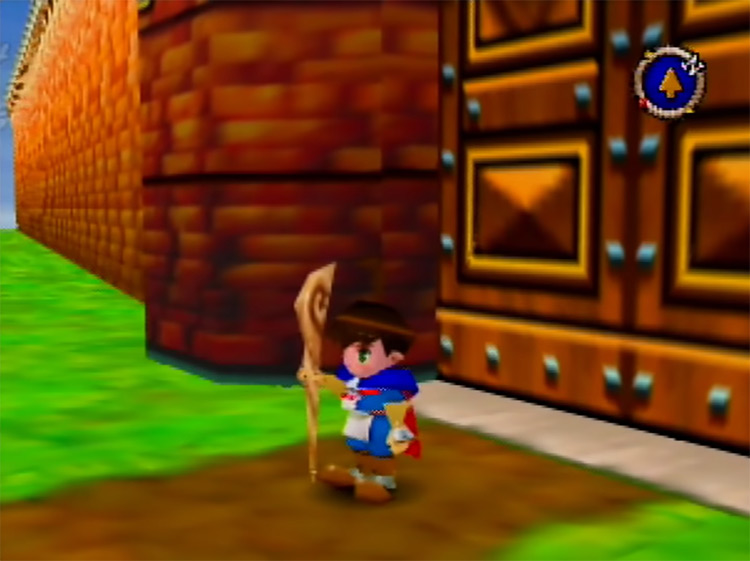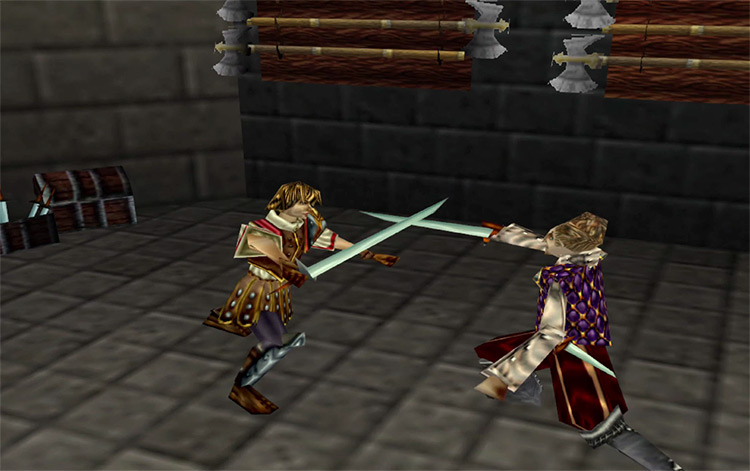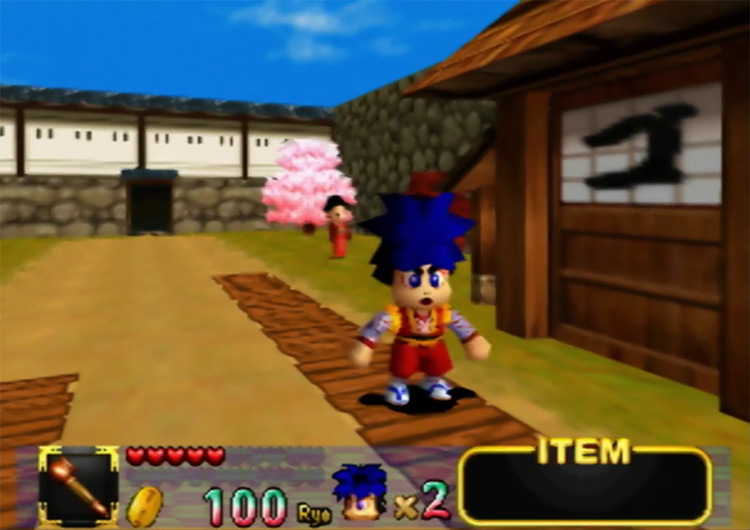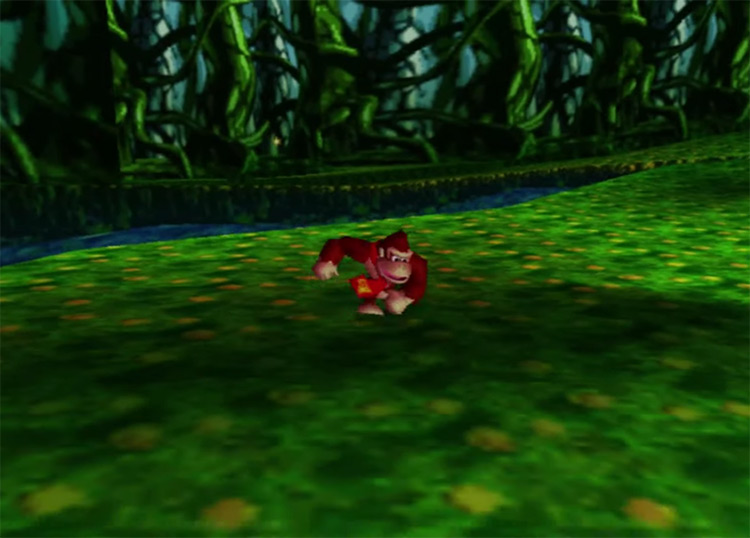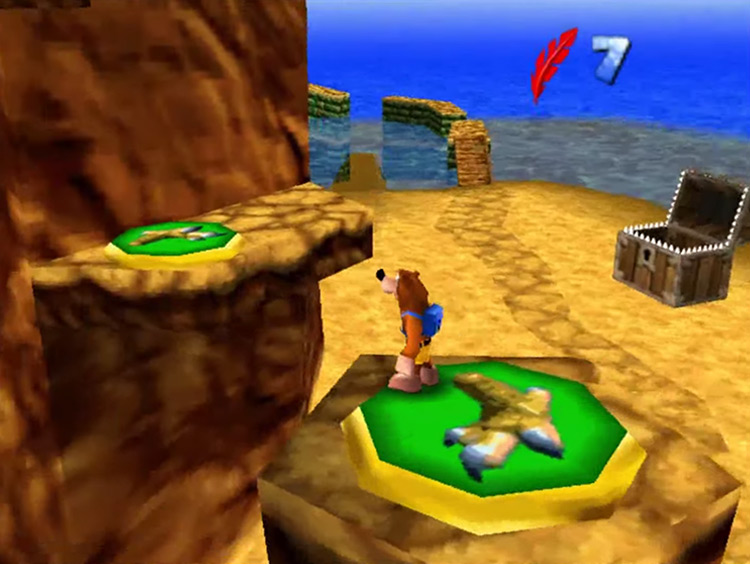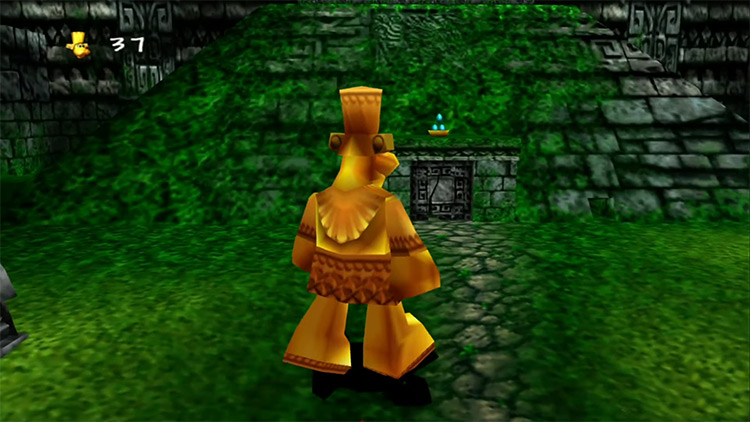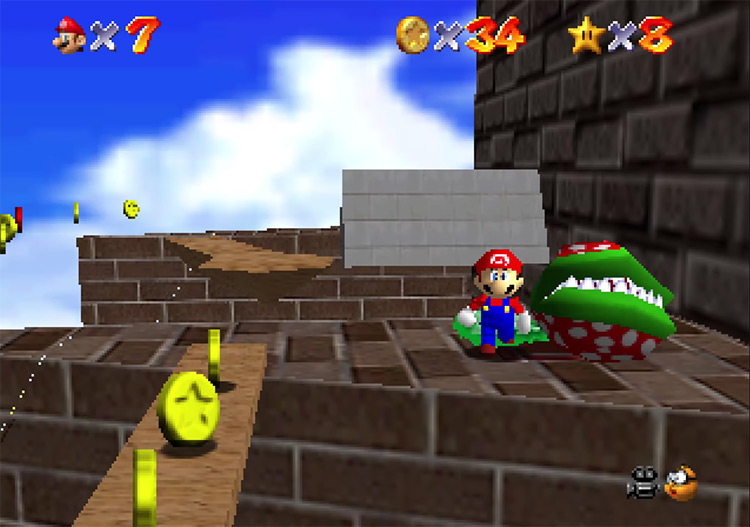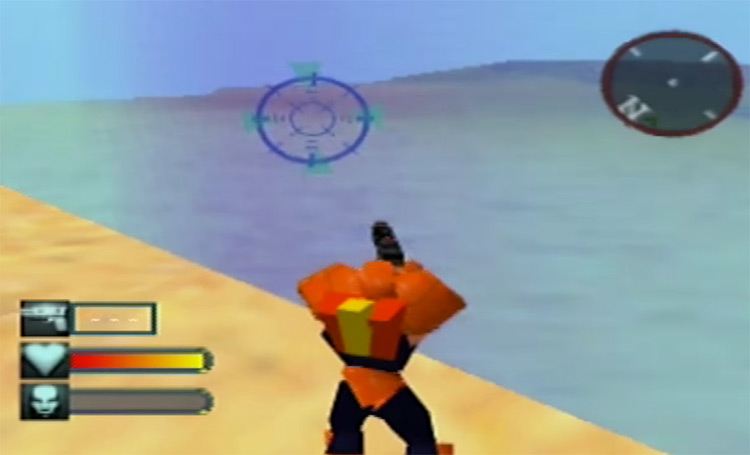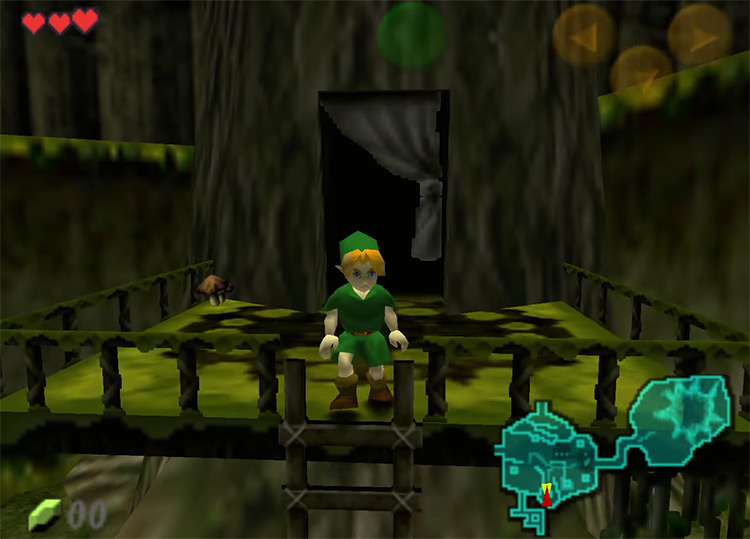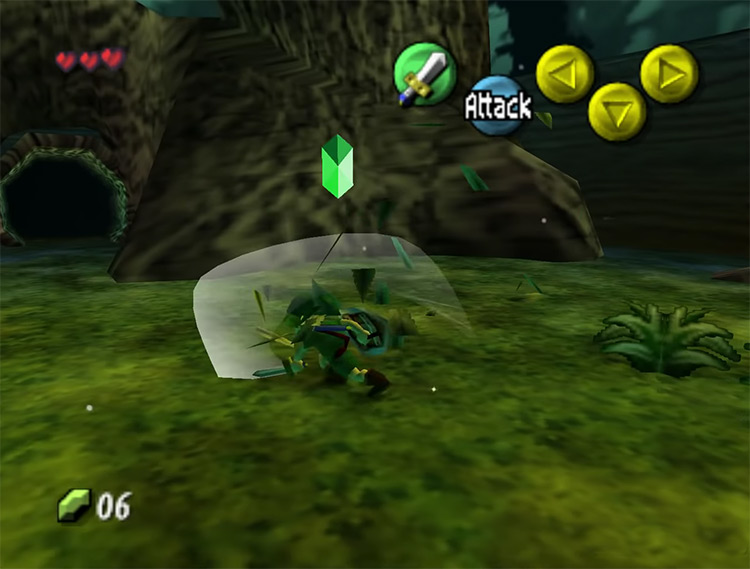The N64’s 20th-century hardware couldn’t handle an open world as we know them today. But that doesn’t mean there were no open-world experiences on Nintendo’s first 3D console. Just glance over any “best N64 games” ranking (like we did with N64 RPGs) and that’ll net you several examples of immersive worlds ripe for exploration. These games gave us the freedom to traverse beautiful fantasy worlds, get to know their inhabitants, and leave our mark by tackling their challenges. Let’s look back at some games that laid the groundwork for our modern open-world epics.
10. Quest 64 (1998)
If you love old-school tales of might and magic, you’re in luck. Also known as Holy Magic Century in Europe, Quest 64 is an RPG set in Celtland, a medieval fantasy universe based on Ireland and its cultural heritage. The main character, Brian, is on a quest (duh) to find his missing father and retrieve a book of unimaginable power. The world is made up of interconnected environments located all over the Celtland continent. Exploring the plains of Carmagh, the forests of Kennishire, and the rocky Highlands felt like a larger-than-life adventure back in the day.
9. Aidyn Chronicles: The First Mage (2001)
Aidyn Chronicles was not the best game on the Nintendo 64. The textures were murky, the framerate was abysmal, and the controls are super clunky – but it makes up for it in writing and scope. The world of Aidyn Chronicles is very well-developed and quite large for the time’s standards. It’s a world of might and magic, with dragons and other fantastic creatures to slay with sword or spell. Aidyn Chronicles is one of the extremely few grandiose RPG experiences on the console. If you can bear the slow gameplay, you’ll be captivated by the story and world-building.
8. Mystical Ninja Starring Goemon (1998)
Mystical Ninja Starring Goemon is the second game in the series to make it abroad and the first one with 3D graphics. It features beautiful environments based on feudal Japan, including towns, castles, temples, and the countryside. While the Goemon series isn’t known for taking itself too seriously, the environments and the characters that populate them have a certain authenticity about them that makes them endearing. What I love the most about Mystical Ninja Starring Goemon is its unapologetic love for Japanese culture. In fact, Goemon’s whole objective in the game is protecting Japanese heritage and saving the country from becoming a giant Westernized theater!
7. Donkey Kong 64 (1999)
One thing you can take for granted in Rareware games is that they’re full of collectibles. And you have to explore every nook and cranny to find them. This is certainly true for Donkey Kong 64. While not open-world per se, the size of the hub world and the freedom with which you can traverse each stage give the player every reason to look around and try out different ways of engaging with the game world. Unless you’re a true expert, there’s always something new to discover – and you’re free to do so at your own pace. Plus, it has the DK Rap. The game is worth getting just for that opening cutscene.
6. Banjo-Kazooie (1998)
Banjo-Kazooie is another well-loved Rareware game with a ton of collectibles and secrets to discover. The title takes you on a journey around Spiral Mountain and into Gruntilda’s Lair, from which you can access every one of the game’s unique worlds. These large and beautiful environments, including Mumbo’s Mountain and Freezeazy Peak, contain musical notes and “Jiggies” you’ll have to collect to unlock more of Gruntilda’s Lair and eventually rescue your sister Tooty. One reason I like Banjo-Kazooie better than DK64 is that it was a new franchise. It sold because it was exceptional, and not because people already knew the character.
5. Banjo-Tooie (2000)
While the original Banjo-Kazooie game became a well-known title at the time, the same can’t be said about the sequel. After all, the success of Banjo and Kazooie had made them a household name – at least among kids and video game enthusiasts. But that doesn’t mean the sequel deserves no credit at all. On the contrary, the game managed to outdo the original despite the heavy expectations placed upon it by fans. Banjo-Tooie follows the same basic structure as its predecessor – but with a bigger overworld, more expansive levels, and more epic boss fights for Banjo and Kazooie to show off their moves.
4. Super Mario 64 (1996)
None of the above games could have existed without Super Mario 64 – a revolutionary title that set the standard for 3D platformers in the coming decade. Somehow, Nintendo managed to replicate the ceiling-shattering success of the original Super Mario Bros. – and anyone who played it back in the day can tell you why. Despite its large scale and ambitious concept, Super Mario 64 was polished to a mirror sheen. Every one of its levels is beautiful, and the hub world of Princess Peach’s Castle was intriguing and full of secrets to discover.
3. Body Harvest (1998)
Developed by DMA Design – which would later become Rockstar Games – Body Harvest was the predecessor to modern-day Grand Theft Auto. While not strictly open-world, Body Harvest gives players the freedom to explore Greece, Java, the United States, and Siberia across 100 years culminating in the far-flung future of 2016. You’ll take control of diverse armed vehicles to traverse these colossal environments looking for civilians to save and aliens to shoot down – though you’ll need to hit the ground running and take care of things on foot from time to time. This game is the closest to our modern open worlds due to its distinct sandbox element. And it’s absolutely worth playing if you’ve never tried it for yourself.
2. The Legend of Zelda: Ocarina of Time (1998)
It should be no surprise to anyone to find The Legend of Zelda at the top. Since its inception, this series has allowed players to explore large worlds freely, slay monsters, collect rupees, and hunt for secrets that may help you defeat Ganon. However, the transition to 3D took these fantasy worlds to the next level. And OOT is a cherished title that’s still played to this day, even well over 20+ years after its first release. But Ocarina of Time also shines & stands out for its time travel element. In only seven years under Ganondorf’s rule, the world falls deep into ruin, making players feel small in the face of the passage of time. This helps to make the world feel much bigger than it really is.
1. The Legend of Zelda: Majora’s Mask (2000)
While Ocarina of Time was the more revolutionary of the two N64 LoZ titles, Majora’s Mask is much closer to what we think of today as an “open world” game. Among other things, Majora’s Mask focuses on giving each character a complete story, with side-quests, character arcs, and schedules you’ll get to know throughout many repeated three-day cycles as you try to save Termina from the falling moon. The game also tells a much more personal and emotional story. It pulls at your heartstrings like Ocarina of Time never could, with many darker elements, making us more invested in the game world and its inhabitants. Leaving Hyrule behind for the sequel was a bold choice on Nintendo’s part – but it’s one choice that ultimately paid off.
